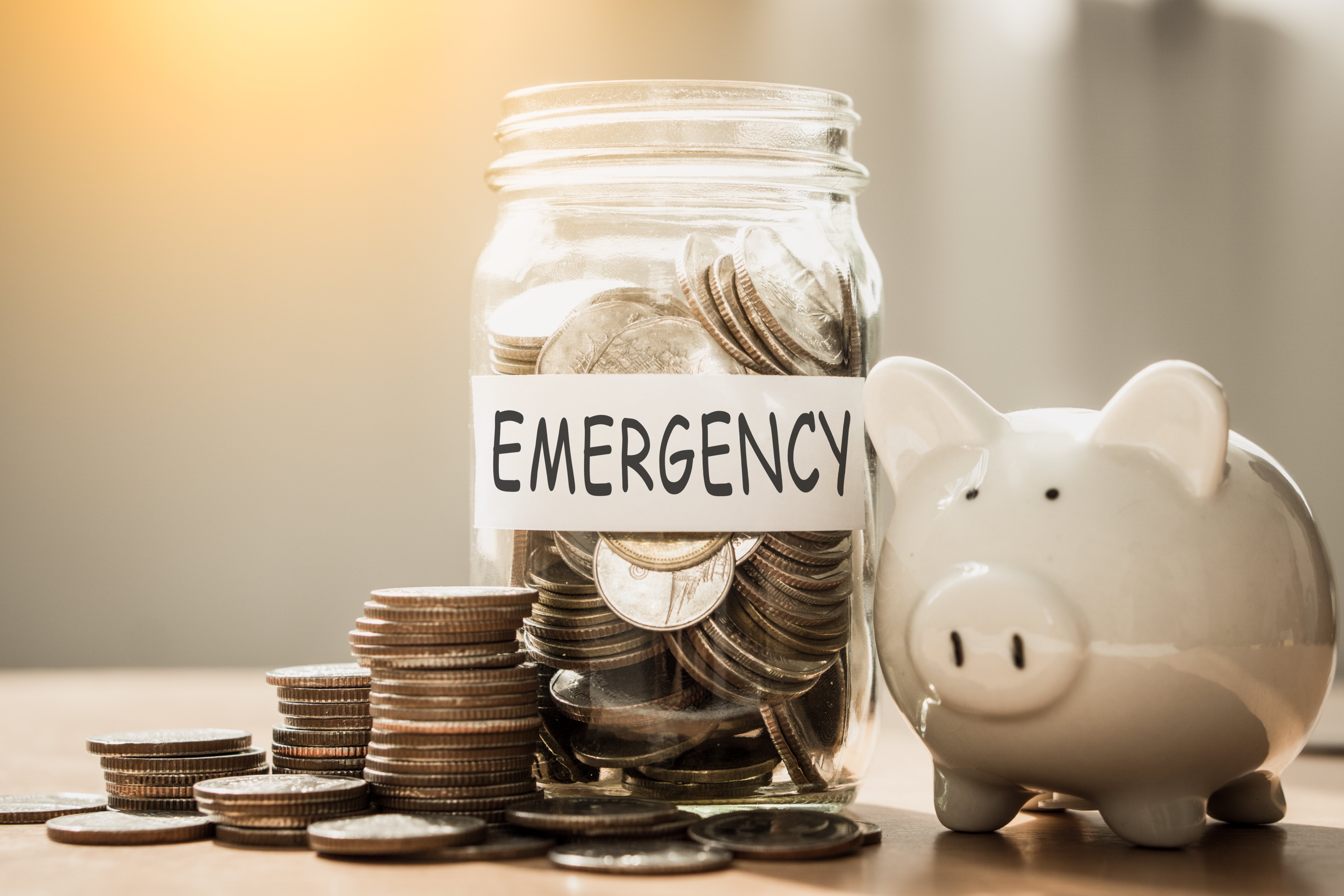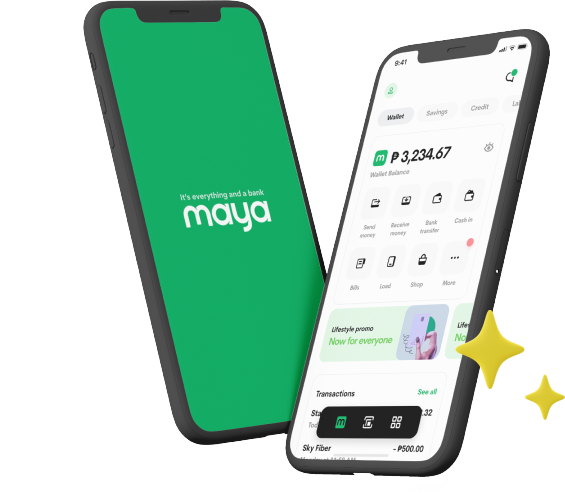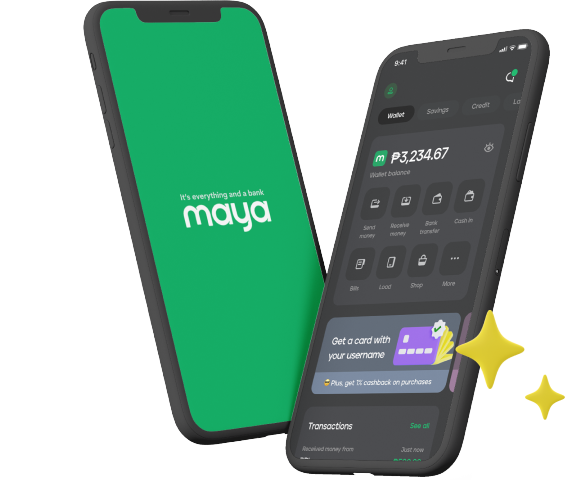
In the Philippines, credit cards have evolved from being difficult-to-get financial tools to must-haves for the expanding Filipino middle class. Credit card rewards have significantly evolved over the years, and collecting credit card points is now a must for getting the most out of one’s household budget.
Exemplifying this trend is Maya’s own cashback credit card that gives users a portion of their money back on a wide range of everyday purchases, effortlessly maximizing savings. With the Landers Cashback Everywhere Credit Card, Landers members who qualify for this Maya card will get up to 5% cashback at Landers stores, 2% on dining spends, and 1% on all other qualified transactions.* Using the Maya card as your main payment method can help you save a lot over the long run, making it the obvious choice for household purchases.
But as beneficial as the Landers Cashback Everywhere Credit Card and other novel credit products are, not all forms of debt will serve your financial goals. Distinguishing between good debt and bad debt isn’t always simple, but it will be important for keeping your finances safe.
Understanding Good Debt vs. Bad Debt
Filipinos have had a long, evolving relationship with debt. Not too long ago, most Filipinos considered debt to be mostly negative, often avoiding it even in situations where it could be beneficial. Today, however, attitudes to debt have changed, with a growing proportion of Filipinos understanding that debt can be helpful in certain situations. This is shown by the increasing use of mainstream debt products among Filipinos, particularly credit cards.
Many people who have relied on some sort of financing before will tell you that debt, in and of itself, isn’t inherently bad. However, not all debts are the same. Depending on how they’re structured and how you pay them back, they can either help or hurt your finances. Still, there are few traits that distinguish "good" debt from debt you may want to avoid. Below are key characteristics of good and bad debts, with a few insights to help you discern the differences.
Characteristics of Good Debt
1. Smart Spending Benefits
Some debts can be leveraged so that you earn benefits even while you spend. For instance, the Landers Cashback Everywhere Credit Card’s cashback reduces the impact that daily spending has on your savings all while giving you something in return. So long as you pay your card within the payment cycle, using the Maya credit card as recommended will boost your savings through vouchers that you can spend on your next Landers grocery runs, making it a smarter option than using cash straight.
2. Investment Potential
Debt associated with good investments is usually considered good debt. For instance, taking out a loan or using your credit card to pay tuition may lead to better job prospects and higher earnings in the long run, making the initial costs of borrowing truly worth it.
3. Low Interest Rates
Lower rates reduce the overall cost and hassles of borrowing, making it easier to pay off your debt without undue financial strain. With fair rates and easy payments, using Landers Cashback Everywhere Credit Card provides you with a good credit option for day-to-day purchases.
4. Tax Benefits
Home loans and other similar borrowings may come with tax deductions on interest payments. These deductions can reduce your taxable income, leading to savings. If you run a business, interest on loans may also be deductible as a business expense. However, even with tax deductions, the loan should be used for something that offers a long-term benefit to be considered “good.”
Characteristics of Bad Debt
1. Consumption with No Long-Term Value
In many cases, borrowing to finance rapidly depreciating assets or short-term pleasures is typical of bad debts. Loans for luxury vacations or high-end gadgets that lose value quickly won’t contribute to future wealth, making them “bad” loans in many situations.
2. High Interest or Debt Spiral Risk
High-interest debts or debts that are structured in an overly complicated way can lead to a vicious cycle of reborrowing and repayment struggles. While this is all relative to your current financial situation, missing payments can lead to penalties and a damaged credit score, making these kinds of debts particularly risky.
3. No Tax or Financial Benefits
Unlike good debts, bad debts typically lack any tax incentives. Rather, they simply become an ongoing financial burden. This is typical of many debts sourced from non-mainstream sources, making it important that you only borrow from safe lenders.
Seize Your Financial Future with Landers Cashback Everywhere Credit Card
Before you take on any serious financial responsibilities, make time to learn the subtle differences between good and bad debt. What you learn will help you avoid the pitfalls of bad debt and empower you to achieve long-term financial well-being.
When you’re ready to use debt wisely, apply for the Landers Cashback Everywhere Credit Card. This special credit card is designed to help with responsible credit card usage, with powerful features that directly translate to meaningful savings and rewards. With competitive rates and cashback on a wide range of purchases, it has emerged as the best rewards credit card for responsible shoppers.
To begin taking control of your financial journey, apply for the Landers Cashback Everywhere Credit Card on the Maya app. Don’t forget to explore other innovative financial solutions by Maya. With these amazing tools at your fingertips, turning debt into growth has never been easier or safer.
*Transactions that don’t qualify include: cash in, cash advance, quasi cash purchases, casinos and gambling, fuel, supermarket, pharmaceuticals, utilities, telco, and government.
You might also like
These Stories on Maya Bank




